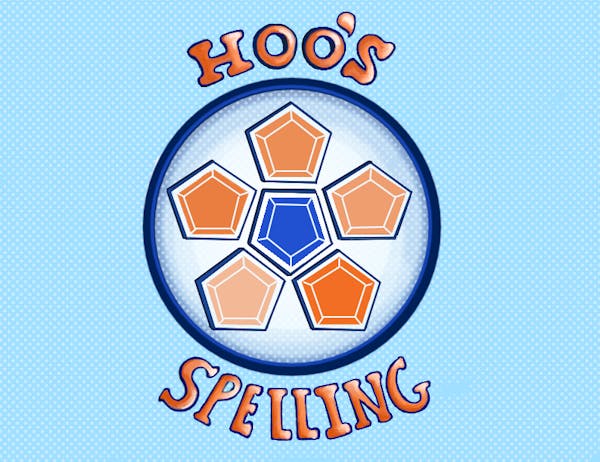When the athletic department announced Monday it received a $5 million donation from Amy Mitchell Griffin, who played volleyball at the University and graduated in 1998, it was a reminder of the importance of private funds in maintaining quality sports programs. At a time when many athletic departments at universities across the country are bleeding cash, the gift showed there are alternatives to asking state governments and students to contribute more toward sustaining these programs' financial solvency.
Moreover, the fact that the gift was earmarked toward the construction of a new track and field facility indicates that small market, non-revenue sports are not doomed by a funding model that depends heavily upon private money. Rather, the crucial task for athletic administrators is to work with donors to keep a steady stream of money flowing into the department's coffers so a well-balanced program can be preserved at minimal cost to students and taxpayers.
The University's athletic department is somewhat constrained in its financing options because of state limitations on using public funds for athletics. Whereas other schools can tap into tax revenue when their athletic programs are in the red, the University must rely on other funding sources to keep its athletic budget balanced. This is further complicated by the lack of any direct or indirect institutional support for the athletic department, which means no money is diverted to athletics from the University's general fund. Just how much money could be generated through these three funding sources - governmental, as well as direct and indirect institutional support - is unclear, but they represented 11 percent of total athletic revenue for Football Bowl Subdivision schools in 2009, according to an NCAA report.
Despite the difficulties posed by the University's model, administrators have embraced the athletic department's self-sufficiency because they feel it is fair to students and taxpayers. "I assume it was felt that auxiliary enterprises like athletics should be self-supporting," Athletic Director Craig Littlepage said regarding the decision to establish the funding system in this way. "I think that's served many institutions as a pretty good model," he added, because "the athletic departments are not in competition for public funding. [For example,] they don't compete with the College of Arts & Sciences."
There is a caveat to this approach, however. The University makes up for some of the revenue shortfall by dedicating a portion of its student fees toward funding athletics. This solution is not optimal because it places the burden of athletic expenses upon the backs of students who may not attend games regularly or have access to new facilities built with their funds. Thus, although students are spared from having resources reallocated from academic offerings to support athletics, they nevertheless contribute a significant portion - nearly 15 percent - of the athletic department's revenue.
Donations such as Griffin's, therefore, are critical to promoting the development of athletics at a time when students already are feeling pressured by tuition and cost-of-living increases. Additionally, the track and field facility that will receive the funds is the type of project that is most needed to sustain the athletic department's vitality. Not only will it provide a boost to an often overlooked sport, but it also will benefit the University as a whole by creating opportunities for prominent track and field events to be held at the facility, which would generate revenue and favorable public attention. In the end, this project shows that equally important to raising money for athletics is investing it in smart undertakings that will maintain the athletic department's quality and financial stability in the years to come.






